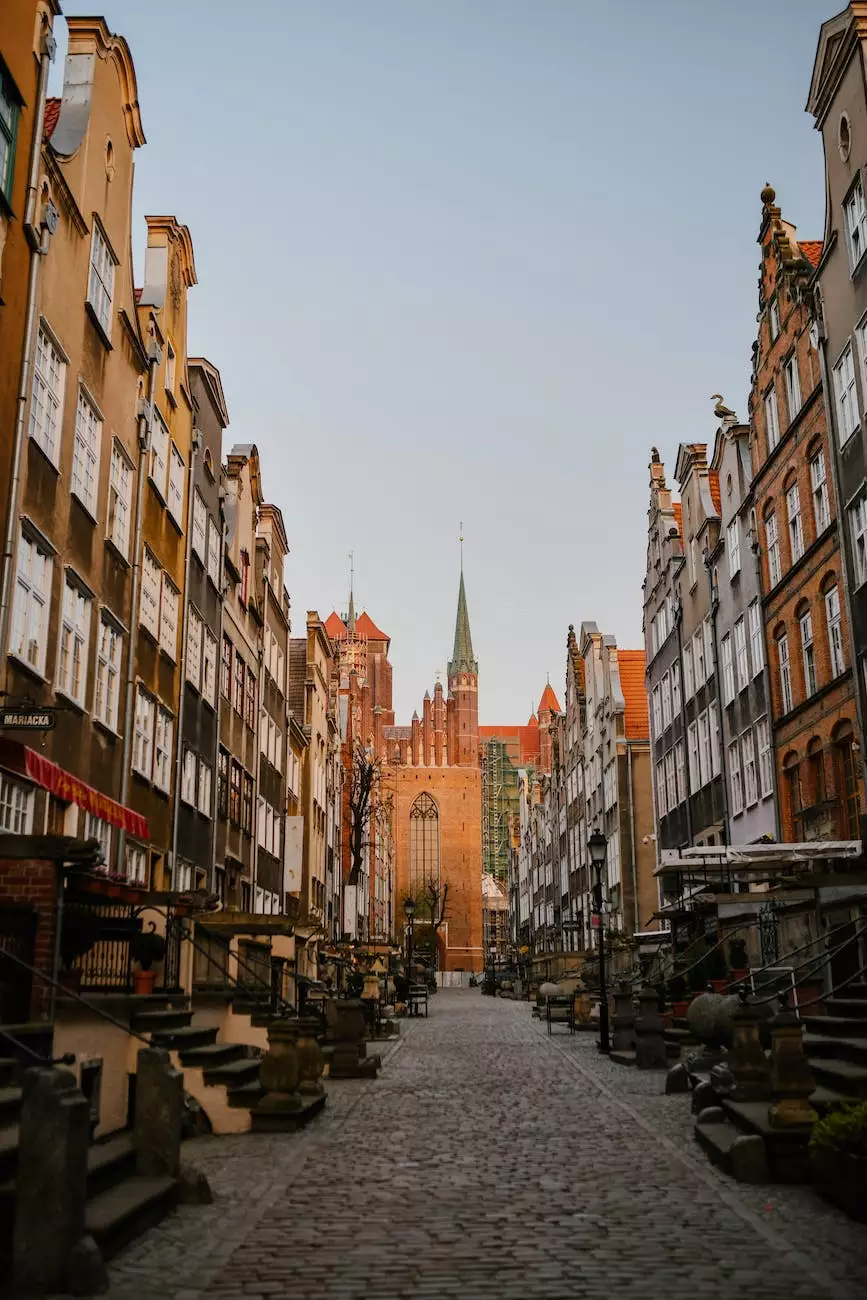Did Suburbia Fail?

Introduction
Suburbia, a post-World War II phenomenon, was once hailed as the epitome of the American dream, promising a peaceful and idyllic lifestyle away from the chaos of the city. However, as urbanization continues to reshape our world, questions arise about the future of suburbia and its relevance in contemporary architecture and urban planning.
The Rise of Suburbia
During the 1950s and 1960s, a combination of factors such as increased car ownership, government support for housing, and widespread optimism about the future contributed to the rapid expansion of suburbia. Suburban neighborhoods offered spacious single-family homes, affordable prices, and a sense of community for many families, making it an appealing choice for those seeking a slice of the American dream.
Challenges and Criticisms
However, as time went on, certain challenges and criticisms began to emerge. One of the main concerns was the dependency on automobiles for transportation, leading to increased traffic congestion and pollution. Suburban sprawl also contributed to the decline of city centers and the loss of vibrant communities.
Urban Sprawl and Environmental Impact
The sprawling nature of suburbia meant an increase in land consumption, pushing urban boundaries further and further out. This form of development often resulted in the destruction of natural habitats, loss of agricultural lands, and fragmentation of ecosystems. Furthermore, the dependence on cars and the long commutes associated with suburban living had a negative impact on air quality and contributed to greenhouse gas emissions.
Social Isolation and Lack of Diversity
Another criticism of suburbia is the potential for social isolation and a lack of diversity. Suburban neighborhoods are often designed with homogeneity in mind, leading to segregated communities that lack the vibrancy and diversity found in city centers. Additionally, the long commute times can hinder social interactions and limit community engagement.
Redefining Suburbia
Recognizing the challenges posed by traditional suburban development, architects and urban planners are now redefining suburbia to address the changing needs and values of contemporary society.
Mixed-Use Developments
One approach is the concept of mixed-use developments, which integrate residential, commercial, and recreational spaces within a single neighborhood. By creating a walkable environment with amenities and services within reach, mixed-use developments aim to reduce dependency on cars and foster a sense of community.
Sustainability and Green Design
In response to environmental concerns, sustainable design principles are being incorporated into suburban projects. Building energy-efficient homes, implementing renewable energy sources, and promoting green spaces are some strategies employed to mitigate the ecological impact and enhance the overall livability of suburban communities.
McKenna John J Architect's Insights
As a prominent figure in the heavy industry and engineering - architecture category, McKenna John J Architect offers valuable insights into the evolving landscape of suburbia. With years of experience in designing and planning projects, McKenna John J Architect emphasizes the importance of considering the social, economic, and environmental aspects when reimagining suburban developments.
Striking a Balance
McKenna John J Architect believes that successful suburban developments should strike a balance between preserving the inherent qualities of suburbia, such as privacy and tranquility, while incorporating elements of urbanity that foster connectivity, diversity, and sustainability. By blending the best of both worlds, architects and planners can create vibrant and inclusive communities within the suburban context.
Adaptive Reuse and Revitalization
Furthermore, McKenna John J Architect advocates for adaptive reuse and revitalization as a means to breathe new life into existing suburban areas. By repurposing existing structures and reinvigorating underutilized spaces, suburban neighborhoods can be transformed into thriving hubs of activity, attracting businesses, cultural establishments, and a diverse mix of residents.
Conclusion
While suburbia may have faced criticisms and challenges, it is essential to recognize the ongoing efforts to redefine the concept and address its shortcomings. With the contribution of professionals like McKenna John J Architect, the future of suburbia can be shaped to align with the needs and aspirations of modern society.




